Properties that do not have any destroyed or damaged structures can begin clean-up. This includes removal of smoke damaged personal items and removal of vegetative landscape debris from the fire. In addition, burn debris from fences and structures less than 120 square feet in size (e.g., gazebos, sheds, and decks) can be cleared from the property so long as the structures contained no stored paint, pesticides, herbicides, propane, or other similar hazardous substances, and so long as the best management practices listed in this document are followed.
Disposal Facilities
Fire debris/ash should be transported by the local solid waste hauling company or by a licensed contractor to a permitted solid waste processing or disposal facility. If fire debris/ash will be transported by a licensed contractor or the property owner intends to self-haul the waste, the disposal facility, transfer station, or composting operation should be contacted prior to transport to avoid having their debris load rejected. The solid waste disposal facility may require special handing for treated wood debris, including creosote treated wood and railroad ties. The disposal facility should be contacted before hauling such material.
Fire debris/ash meeting this exemption can be placed in residential trash bins collected by a community licensed hauler. Treated wood material should not be placed in yard waste bins designated for vegetative landscape debris.
Best Management Practices:
Fire Debris/Ash Handling and Dust Control Guidelines:
Vehicle and Road Safety
If removal activities on property owners’ parcels will create a roadway blockage or hinder traffic patterns, property owners or their contractors are responsible for obtaining any required local permits and shall post all warning signs and traffic devices, as required by local ordinances. As there may be many contractors actively working on remediation efforts in the burn area, it is in property owners’ best interests to identify removal and remediation efforts in adjacent areas that could impact the ability to locate, park, or transport equipment and materials.
PDF
Exemption From Local Program For Minor Burn
Exención de los Requisitos del Programa Local para la Eliminación y Limpieza de Escombros Quemados Menores

Partner Links
Newsroom
Site Info